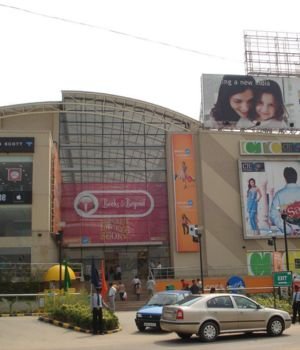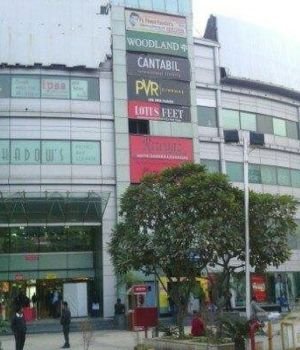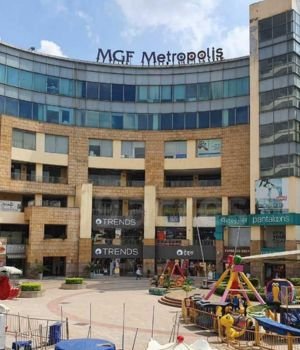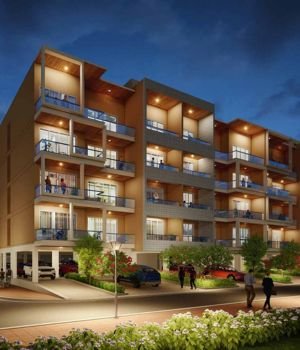Ring Road is often outlined as the determinant of New Delhi’s transport system. Lengthening many kilometers, it connects important zones such as Dhaula Kuan, Ashram, AIIMS, Rajouri Garden, and many more, which cover almost the entire Delhi. Its political importance lies in the way it connects suburban areas, advertising areas, and established monuments in one constant loop. For daily travelers, Ring Road is essential, as it shortens travel time between numerous zones. The heavy stream of buses, cabs, and private carriages makes it a vital salvation for citizens as well as companies. For those examining property in India, proximity to the Ring Road secures easy entrance to every part of the capital.
Smooth Accessibility Across Delhi
The true energy of Ring Road lies in its capacity to link key areas continuously. It outstandingly connects with Outer Ring Road, National Highways, and arterial city roads, making moves smooth within and outside Delhi. The Delhi Metro matches this passageway with stations at AIIMS, South Extension, Ashram, and many more, which are easily available, creating a multi-modal advantage for passengers.
In Delhi, spots like IGI terminal, New Delhi Railway Station, and inter-state bus terminals are all easily approachable from different reaches of the Ring Road. This relief of the network has made regions situated around the hallway highly desirable, not just for housing purposes but also for offices, health service centers, and retail exits. In the conditions of Delhi real estate, districts along the Ring Road are expected to command superior demand.
Lifestyle and Social Infrastructure Along the Stretch
Alive close to Ring Road provides an unmatched advantage in daily life. Educational organizations like Delhi University’s South Campus, prime hospitals such as AIIMS and Safdarjung, and market complexes like South Extension and Rajouri Garden are all positioned in proximity. The spread also shelters local exchanges, food centers, and ethnic centers that keep it lively across the day.
Parks and green belts in certain areas add a fresh reminder to the otherwise busy lobby. Households profit from universities, hospitals, malls, and entertainment areas located within easy reach, making it more than just a road—it becomes part of an associated way of life. This balance of foundation and comfort reflects the progressing nature of property in India, where entrance and location push value.
Investment Value and Future Prospects
From a capital outlook, areas adjacent to the Ring Road are expected to show long-term stability. Whether it is residential flats, construction floors, or commercial areas, properties gain from steady demand due to their central location. Renting yields continue to be strong, specifically for homes near major monuments and metro stations. In the larger extent of Delhi real estate, Ring Road stands out as a highway that combines utility, way of living gains, and capital potential, ensuring constant gratitude and trustworthy gains.
FAQs
Why is Ring Road examined as the line of life of Delhi?
It connects nearly all major localities, organizations, and exchanges, making it central to daily riding and citywide association.
Is living near Ring Road appropriate for households?
Yes, as it provides proximity to universities, clinics, shopping areas, and metro stations, it provides a convenient living.
How does Ring Road influence Delhi real estate?
Estates near Ring Road see constant demand, powerful rentals, and long-term value recognition due to central location.


























